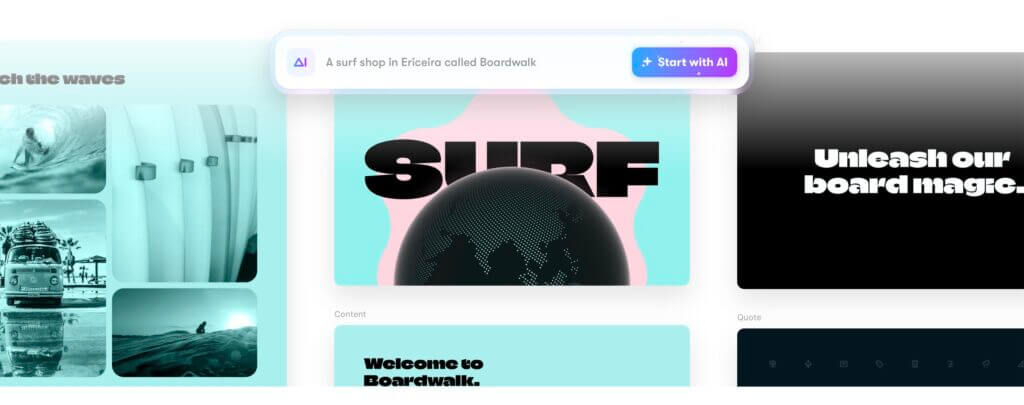The advent of artificial intelligence (AI) has introduced a groundbreaking capability: automated design. Leveraging AI algorithms and machine learning, automated design empowers web designers to streamline their workflows, generate creative options, and accelerate the website development process. This article explores the transformative impact of automated design in web development.
Streamlining the Design Process

- Design Generation at Scale: With AI-powered design tools, web designers can generate a wide range of design options quickly and efficiently. By inputting design preferences, such as color schemes, typography choices, and layout preferences, designers can leverage AI algorithms to generate multiple design variations. This streamlined process saves time and enables designers to explore more creative possibilities.
- Iterative Design and Rapid Prototyping: Automated design facilitates an iterative approach to web design. Designers can receive instant feedback on generated designs, make modifications, and iterate rapidly. By swiftly prototyping different design concepts, designers can experiment and refine their ideas, leading to more refined and visually appealing website layouts.
Customized Designs with Personalization

- Tailored Design Recommendations: Automated design tools can analyze user data and preferences to provide personalized design recommendations. By incorporating AI-powered user insights, designers can create customized experiences that resonate with specific target audiences. This personalization enhances user engagement and increases the likelihood of conversions.
- Dynamic Content Presentation: AI-driven design tools enable dynamic content presentation based on user behavior and preferences. Websites can adapt their layouts, prioritize relevant content, and create personalized experiences in real-time. By leveraging automated design, businesses can provide tailored content delivery, resulting in increased user satisfaction and improved conversion rates.
Enhancing User Experience and Usability

- Intuitive User Interfaces: Automated design helps create intuitive user interfaces by leveraging AI to optimize user experience. Design tools analyze user interaction patterns, identify pain points, and suggest improvements. With AI’s assistance, designers can create user-friendly interfaces that are easy to navigate, resulting in enhanced user satisfaction and improved website performance.
- Responsive and Adaptive Design: AI algorithms enable automated design tools to generate responsive and adaptive designs. Websites can dynamically adjust their layouts, font sizes, and image placements based on the user’s device and screen size. This responsive design approach ensures consistent and optimal experiences across different platforms and devices.
Conclusion
Automated design powered by AI is transforming the landscape of web design, revolutionizing the way websites are created. By streamlining the design process, enabling rapid prototyping, and offering personalized experiences, automated design tools empower web designers to deliver visually appealing, user-centric websites efficiently. Embracing automated design not only enhances productivity but also elevates user experiences, setting new standards in the field of web development.